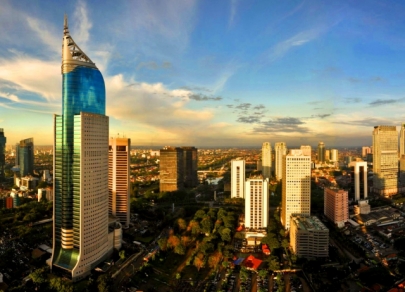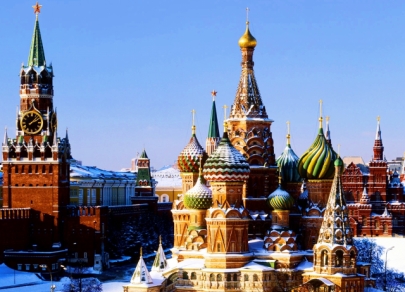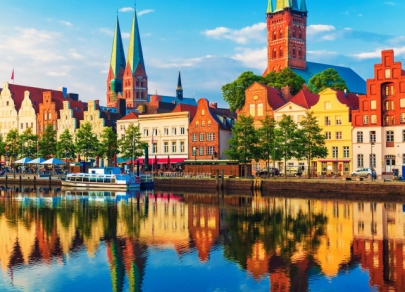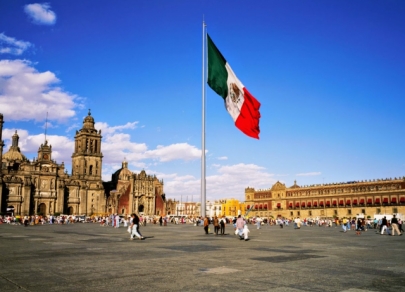FX.co ★ Top 10 leading economies in 2030
Top 10 leading economies in 2030
According to PwC assessment, in 13 years, a number of economies will pull ahead. The study was conducted on the basis of purchasing power parity (PPP). PPP is a measure that macroeconomists use to determine the economic performance and the level of life of the state for a certain period of time.

According to estimates, the leader of the ranking is China, which is the second after the American economy in the world in terms of GDP and the first in terms of PPP. The Chinese economy is characterized by growth which lasts about 30 years. The territory of China is a large deposit of oil, gas and uranium. The country is also considered the largest global automaker surpassing the US and Japan.

Second place in the list of advanced economies of the future goes to the United States. In terms of PPP the country is second to China's economy. The US economy is one of the most diversified in the world while having the most significant external debt. The US financial sector is highly developed and the level of economy transparency is extremely high.

The honorable third place in this ranking belongs to India. As a developing country, it nevertheless has a fairly high level of industry development. Indian agriculture employs 60% of the population, and it gives 19.9% of GDP. India is the fifth largest retail market in the world. In 3 years the industry growth is predicted to outstrip the rest of the BRICS countries.

The fourth position goes to Japan. Currently, the state is the leader in the field of high technologies, as well as transport and railway engineering.

The fifth place is taken by Indonesia. From the point of view of most economists, Indonesia is the most promising country among emerging markets. Indonesia belongs to the Group of Eleven. Its economy is characterized by the active role of the state controlling about 140 leading companies in various sectors. The GDP share of industrial, services and agriculture sectors output makes up 47%, 37.6%, and 15.4% consequently.

The sixth place in the list is occupied by Russia by both GDP and PPP indicators. Despite the good prospects for the future, living standards worsened in the past year for 25 months. The volume of the Reserve Fund of the Russian Federation was reduced to 972 billion rubles by the beginning of 2017.

The seventh place among the advanced economies of the future belongs to Germany whose economy is recognized as the largest in Europe. This postindustrial state economy is based on the services sector which takes 45.9%, and the production and agricultural business occupy no more than 0.1%. The German economy has an excellent infrastructure and highly qualified personnel. It was created on the principle of a social market economy which is characterized by a combination of social balance and free trade.

Thanks to its great potential Brazil is the eighth in the ranking. At the same time, economists note the huge gap between the poorest and richest segments income. São Paulo is considered one of the economic centers of Brazil. It is called the locomotive pulling the whole economy of the country.

Mexico is the ninth among the most significant economies in 2030. The country's economy is based on the oil industry. In addition, the gas reserve in Mexico reached 13.2 trillion cubic meters. Blue fuel is also an important resource for the country. The state company Pemex has a monopoly on gas production and development of new fields.

The tenth place in on our list belongs to the United Kingdom. The most important sector of its economy is recognized to be services (3/4 of GDP). The main place in it is occupied by financial component (27.7% of GDP) affecting the country's status in the system of international economic relations. The second most important sector is the industry (18.6% of GDP). Britain conducts 10% of the global service exports such as banking, insurance, brokerage and others.






















